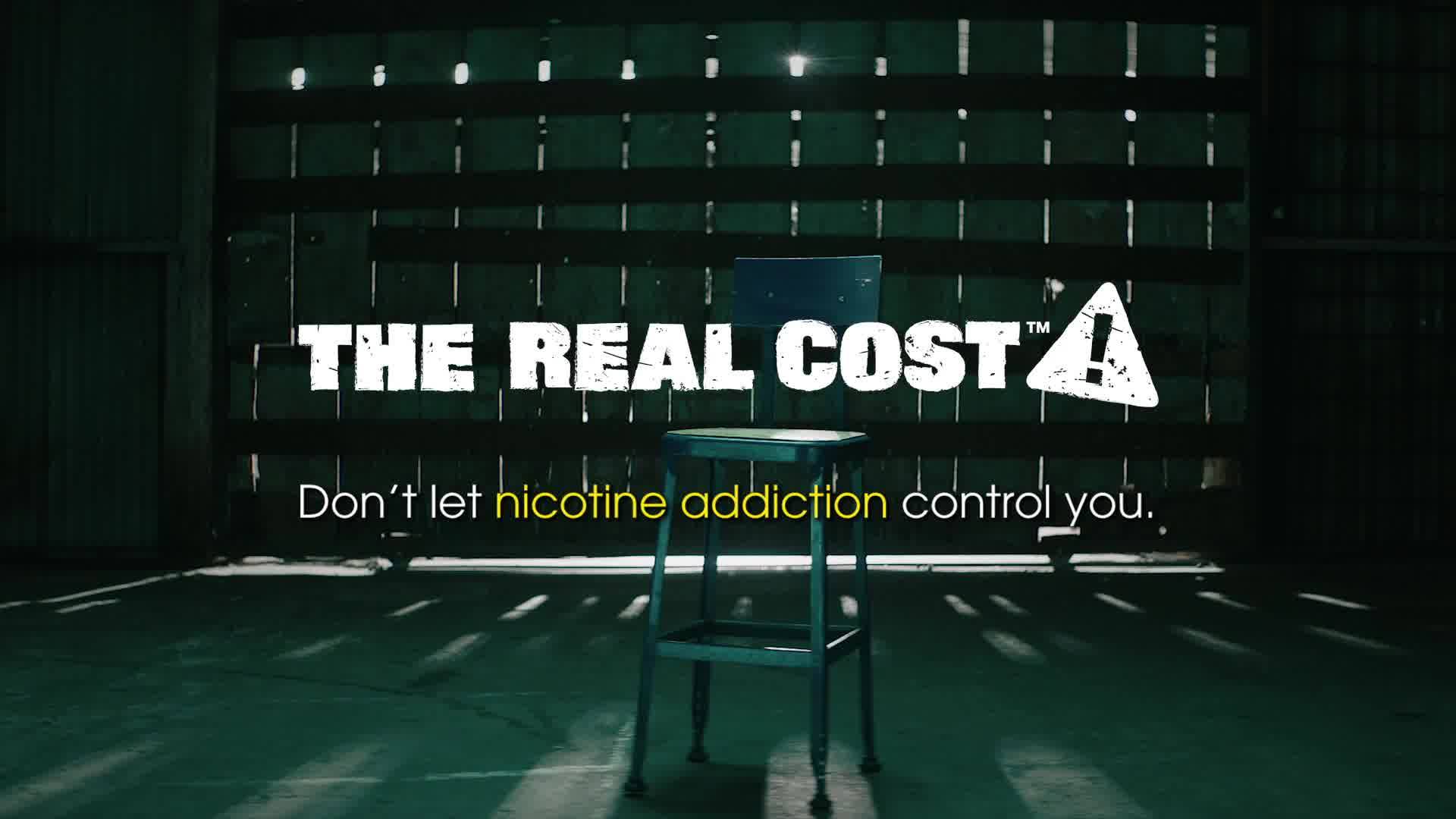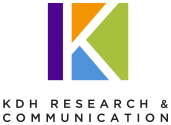This case study shows off our capabilities in Research.
Influencing behavior change is hard work—especially when it means convincing teenagers not to do something. But with the continuing interest in vaping among youth, campaigns to dissuade teens from experimenting with tobacco are of increasing importance and relevance. Not to mention — traditional cigarettes haven’t gone away.

KDHRC provides scientific insights and direction to FCB, the ad agency behind FDA’s award-winning youth tobacco education and prevention campaign The Real Cost (TRC). FDA launched TRC in 2014 as a national multimedia campaign to reach nearly 10 million youth ages 12-17 who are open to trying or already actively experimenting with tobacco. When vapes exploded in popularity in the late 2010s, the campaign pivoted quickly to develop messages on this emerging product.
Our research approaches for the campaign are nimble and pragmatic, balancing the ad agency’s need for actionable, high impact insights with the government’s need for rigor and process. As translators between science and creative advertising, we help FCB create highly engaging concepts within FDA’s tight messaging guidelines. And we infuse FCB’s strategy team with academically rigorous research methodology and impeccable human subjects protections.
While teens consume media voraciously, they do so with scattered attention and substantial cynicism. To ensure the messages stick, our team oversees iterative research that informs ongoing campaigns with new scientific insights, direction, and best practices. This includes:
- Literature reviews, needs assessments, and expert input
- Formative research and focus groups with representatives of the intended audience
- Online copytesting to measure ad effectiveness and impact on knowledge, attitudes, and beliefs—before ads go on air
- Quantitative research, including survey development, sample monitoring, and reporting
- Media tracking studies to garner feedback from the intended audience on advertising already in market
Throughout the research cycle, we are deeply committed to the principles of prevention science, the objectives of the campaign, and the confidentiality and safety of youth who participate in our research.
- To date, campaign exposure is associated with a 30% decrease in the risk of smoking initiation; 350,000 U.S. youth did not start smoking because they saw a Real Cost message.1
- The campaign has saved the U.S. more than $31 billion dollars in smoking-related costs.2
- Nearly 70% of all high school students nationwide report awareness of The Real Cost Campaign and more than 75% of all students trust the brand for accurate and reliable information.3,4
- 1Farrelly MC, Duke JC, Nonnemaker, J, et al. Association between The Real Cost media campaign and smoking initiation among youths- United States, 2014-2016. MMWR Morb Mortal Wkly Rep. 2017;66(2); 47-50.
- 2MacMonegle AJ, Nonnemaker J, Duke JC, et al. Cost-effectiveness analysis of The Real Cost campaign’s effect on smoking prevention. Am J Prev Med. 2018; 55(3):319-325.
- 3Mantey DS, Clendennen SL, Ruiz FA, Perry CL. Language Gap in Reach of “The Real Cost”: Examination of a Federal Mass Media Campaign from 2017-2019 [published online ahead of print, 2021 Mar 30]. Nicotine Tob Res. 2021;ntab054. doi:10.1093/ntr/ntab054
- 4KDHRC. Internal Research. 2021.
